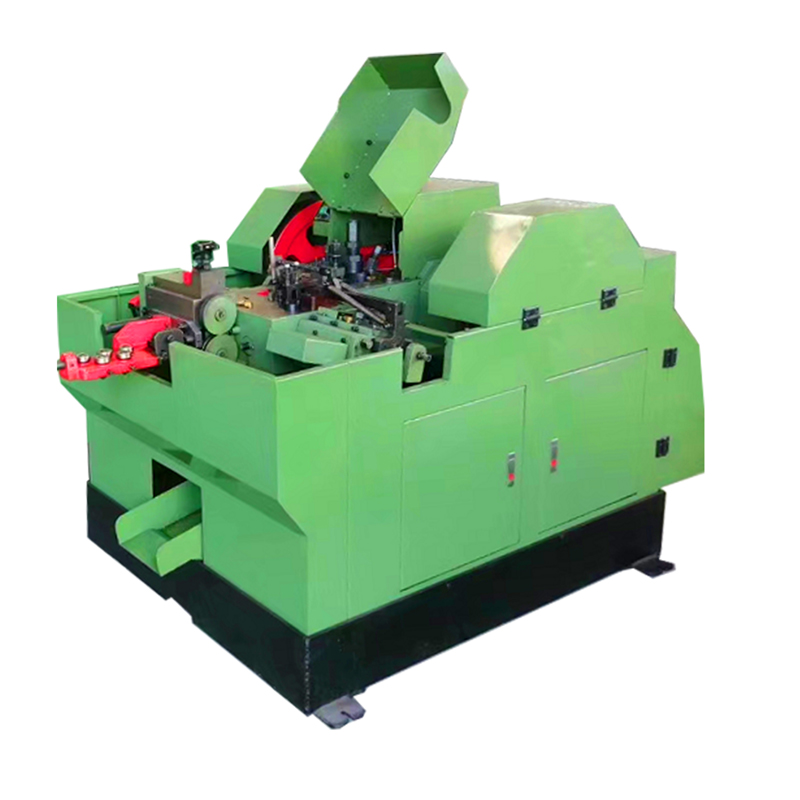What Is a Cold Heading Machine and Why Is It Essential in Fastener Manufacturing?
2025-06-24
A cold heading machine is a specialized piece of industrial equipment used to form metal parts—such as screws, bolts, rivets, and nails—by shaping metal wire or rod at room temperature without heating. This cold forging process increases production efficiency, improves material strength, and reduces waste, making it a cornerstone in the fastener manufacturing industry.

What Is a Cold Heading Machine?
Cold heading machines work by feeding metal wire into a die where a series of punches and dies shape the material under high pressure. Unlike hot forging, the metal is formed at or near room temperature, which preserves its mechanical properties while allowing precise shaping.
These machines come in various configurations, from simple single-station models to complex multi-station setups that perform multiple forming operations in sequence.
Key Features and Advantages
High Production Speed: Capable of producing thousands of parts per hour.
Material Efficiency: Minimal material waste compared to machining processes.
Improved Mechanical Properties: Cold working increases tensile strength and hardness.
Precision and Consistency: Ensures uniformity in fastener dimensions.
Cost-Effective: Reduces energy consumption and raw material costs.
Common Applications
Fastener Production: Bolts, screws, nuts, rivets, and pins.
Automotive Industry: Manufacturing engine components and assembly parts.
Electronics: Small precision parts.
Construction: Nails and specialized fasteners.
Aerospace: High-strength components requiring precise dimensions.
Types of Cold Heading Machines
Single-Station Machines: Perform one forming operation per cycle.
Multi-Station Machines: Multiple stations perform sequential operations for complex shapes.
Transfer Machines: Automatically move parts between stations for high-volume production.
Factors to Consider When Choosing a Cold Heading Machine
Part Complexity: Determines the number of forming stages needed.
Production Volume: Higher volumes benefit from automated, multi-station machines.
Material Type: Machine capability should match wire or rod material properties.
Precision Requirements: High-tolerance parts need advanced tooling and control.
Maintenance and Support: Consider ease of maintenance and availability of parts.
Conclusion
Cold heading machines are vital in producing strong, precise, and cost-effective metal components. Their efficiency and ability to maintain material properties make them indispensable in fastener manufacturing and various industrial applications. Investing in the right cold heading machine can significantly boost production capacity and product quality.


